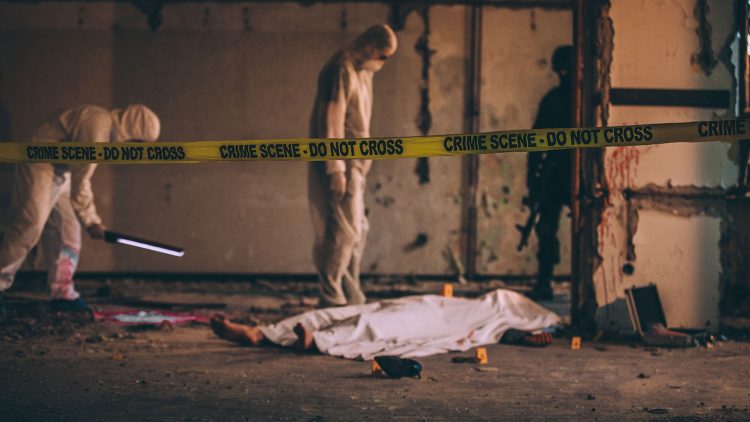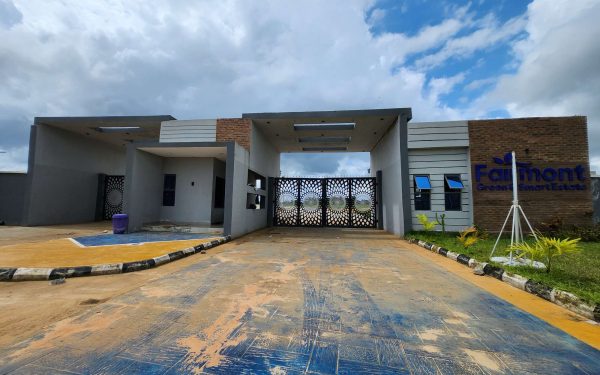Unveiling the Disturbing Narrative: The Intriguing World of Crime Scene Photography in “10264 Murder Crime Scene Stock Photos & High-Res”

Crime scene photography plays a crucial role in the criminal justice system, serving as a powerful tool for investigators, legal professionals, and the public. The availability of “10264 Murder Crime Scene Stock Photos & High-Res” raises ethical questions about the use of crime scene imagery for various purposes. This article delves into the world of crime scene photography, exploring its significance, controversies, and the impact of accessible high-resolution stock photos.
Table of Contents
ToggleThe Evolution of Crime Scene Photography:
The use of photography in crime investigations dates back to the late 19th century, with Alphonse Bertillon pioneering the practice in the 1880s. Over time, crime scene photography evolved from black-and-white film to digital formats, enabling investigators to capture detailed images for analysis and documentation.
Importance in Criminal Investigations:
Crime scene photos are invaluable in reconstructing events, establishing timelines, and preserving evidence for court proceedings. High-resolution images provide intricate details that may be crucial in solving cases, aiding forensic experts in their analysis. These photos are not only aids for investigators but also serve as a visual record of the crime scene, helping legal professionals present a comprehensive narrative during trials.
Controversies Surrounding Crime Scene Photography:
Despite its undeniable importance, crime scene photography has been a subject of controversy. Privacy concerns, emotional impact on victims’ families, and the potential for sensationalism in media coverage have sparked debates about the ethical use of crime scene images. The public’s access to high-resolution stock photos depicting real crime scenes raises ethical questions about the boundaries between information dissemination and exploitation.
“10264 Murder Crime Scene Stock Photos & High-Res”:
The platform offering “10264 Murder Crime Scene Stock Photos & High-Res” raises eyebrows due to the explicit nature of the content. While the intention might be to provide a resource for creative professionals, the ethical implications of commercializing crime scene imagery cannot be ignored. It prompts a closer examination of the potential consequences of unrestricted access to such sensitive content.
Ethical Considerations:
Using crime scene photos for creative or commercial purposes raises ethical concerns. Beyond the potential for desensitization to violence, the commodification of tragedy may trivialize the human suffering associated with these crimes. Striking a balance between informative value and ethical responsibility is crucial when making crime scene photos available to the public, even in a stock photo context.
Legal Implications:
The legal landscape surrounding the use of crime scene photos is complex. While some images may be part of public records, others may involve sensitive details that should remain confidential. The unauthorized use of crime scene photos can lead to legal consequences, including privacy infringement and emotional distress claims. Understanding and respecting the legal boundaries is essential for both creators and consumers of such content.
Impact on Society’s Perception of Crime:
The widespread availability of high-resolution crime scene photos can influence public perceptions of crime. Excessive exposure to graphic images may contribute to a skewed understanding of criminal activities, potentially fostering fear and sensationalism. It is essential to strike a balance between informing the public and avoiding the exploitation of tragedy for entertainment or shock value.
Educational Use and Awareness:
While the commercialization of crime scene photos raises ethical questions, there is a place for such images in educational contexts. They can be valuable tools for forensic science students, law enforcement training programs, and legal education. However, strict guidelines and ethical frameworks should be in place to ensure responsible use, protecting the dignity of the victims and their families.
Conclusion:
Crime scene photography is a double-edged sword, offering invaluable assistance in criminal investigations while raising ethical concerns about privacy, sensitivity, and responsible usage. The existence of platforms like “10264 Murder Crime Scene Stock Photos & High-Res” underscores the need for a nuanced approach to the accessibility and use of such graphic imagery. Striking a balance between educational value, legal considerations, and ethical responsibility is crucial to ensure that crime scene photography serves its intended purpose without compromising human decency and empathy.
-
What is “10264 Murder Crime Scene Stock Photos & High-Res”?
“10264 Murder Crime Scene Stock Photos & High-Res” is a platform or service that provides a collection of stock photos depicting crime scenes related to murders. These images are high-resolution and may be intended for various purposes, including creative projects, educational use, or commercial applications.
-
Are these images real crime scenes, or are they staged for creative purposes?
The authenticity of the images may vary. Some may be real crime scene photos obtained from public records, while others might be staged for creative or educational purposes. It is essential to verify the source and authenticity of each image to understand its context accurately.
-
Who is the target audience for these crime scene stock photos?
The target audience may include creative professionals such as graphic designers, filmmakers, forensic science students, and anyone in need of high-quality crime scene imagery for various projects. However, the ethical considerations and potential impact on different audiences should be carefully assessed.
-
What ethical considerations should users be aware of when accessing or using these crime scene stock photos?
Users should be aware of the ethical implications surrounding the use of crime scene imagery. Respect for the privacy of victims and their families, avoidance of sensationalism, and responsible use for educational or informative purposes are critical considerations. Users should adhere to legal and ethical standards when utilizing such sensitive content.
-
Can these crime scene stock photos be used for commercial purposes?
The commercial use of crime scene photos raises ethical concerns. Users should carefully evaluate the intended purpose and consider the potential impact on the public and the victims’ families. Legal permissions, if applicable, should be obtained, and ethical guidelines should be followed to ensure responsible use in commercial projects.
-
Are there legal implications associated with using crime scene stock photos without proper authorization?
Unauthorized use of crime scene photos can have legal consequences, including privacy infringement and emotional distress claims. Users should be aware of the legal boundaries and obtain any necessary permissions or licenses before using these images, especially in commercial or public contexts.
-
How can one verify the authenticity of crime scene stock photos?
Verifying the authenticity of crime scene photos involves researching their source and background. If the images are sourced from public records, users should ensure compliance with legal and ethical standards. Staged or creative images should be clearly labeled as such, and users should exercise caution when interpreting the content.
-
Is there educational value in using crime scene stock photos, and how can they be responsibly incorporated into educational settings?
Crime scene photos can have educational value, especially in forensic science, law enforcement, and legal education. However, responsible use is crucial. Educators should establish guidelines for ethical use, emphasize sensitivity to the subject matter, and promote a respectful understanding of the impact on individuals connected to the depicted events.
-
What steps can be taken to balance the informative value of crime scene stock photos with ethical considerations?
Balancing informative value with ethical considerations involves implementing clear guidelines for use, obtaining permissions or licenses, avoiding sensationalism, and prioritizing sensitivity to the subject matter. Users should be conscious of the potential impact on individuals connected to the depicted events and exercise empathy in their approach.
-
Are there alternatives to using commercial platforms for accessing crime scene stock photos?
Users exploring crime scene imagery for educational or creative purposes may consider alternative sources, such as publicly available records, educational institutions, or government agencies. However, ethical and legal considerations should still be prioritized to ensure responsible use and respect for the individuals involved.





